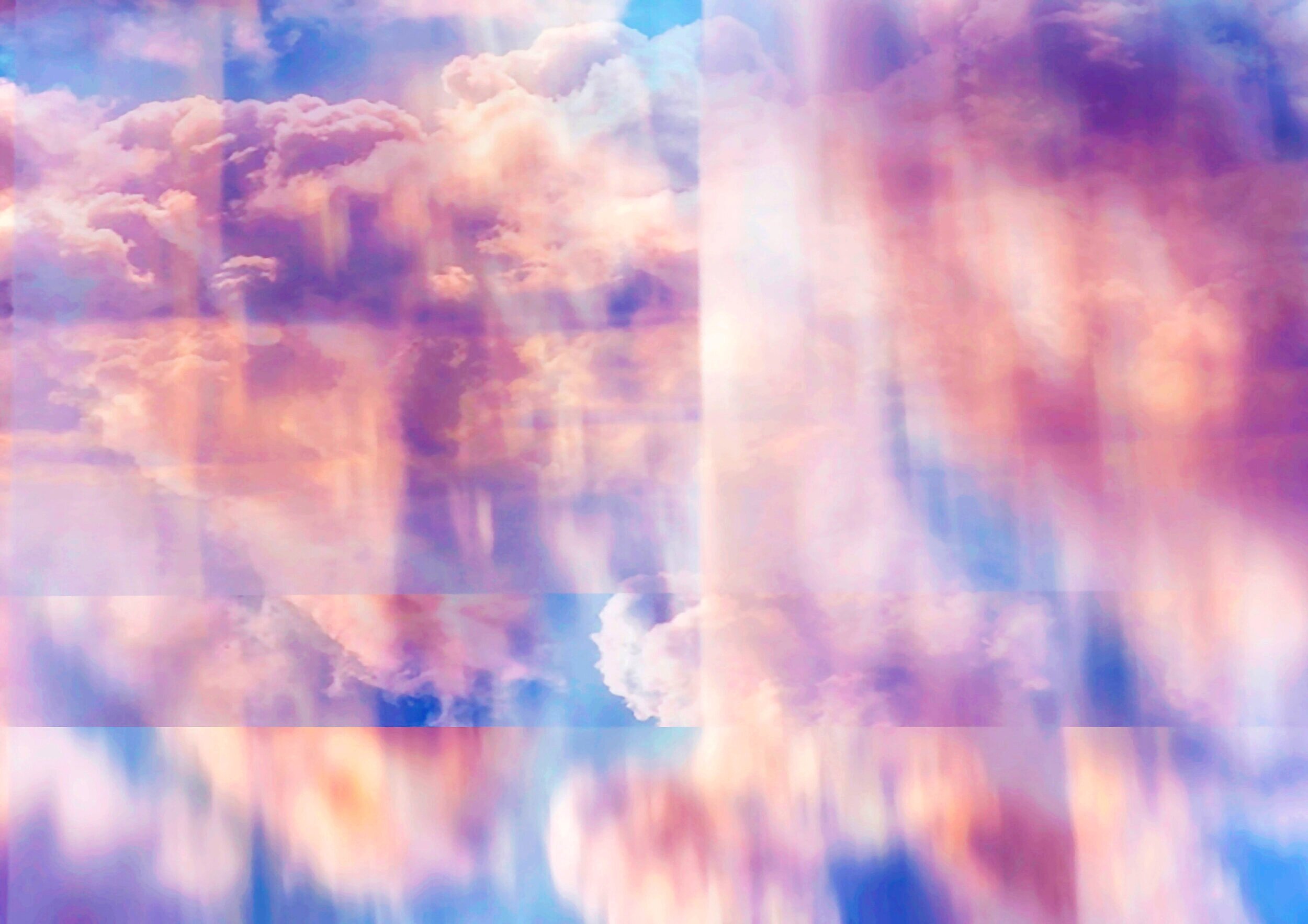ANDREW GUNNELL
Andrew Gunnell is an Australian artist with a practice located at the intersections of Print, Photo and Paint. Themes informing his work include the effect of digitisation on representations of natural phenomena and the contemporary landscape. And through the activation of the threshold between analogue and digital image construction processes, both internal and external evocations of time are imagined.
Andrew has participated in over 70 solo and group exhibitions. His work is held in several public and private collections, including the National Gallery of Australia, the Asia Pacific Photographic Archive, the Hong Kong Open Print Workshop, and the State Library of Victoria. He is the Print Studio Lead and Lecturer in the School of Art at RMIT University and is currently completing his PhD.
For a folio of Andrew’s work please see: https://andrewgunnell.com

Relative Resolution 9 Screen print Unique State 27x19cm

A Future Proximity, Screen Print and Pigment Inkjet
Q & A
-
I think a Letraset sheet that I was given when I was about 5.
-
It depends on the projects that I am working on at the time. I work through the early stages of image development using combinations of photographs, drawings, and written notes. I then consider which mediums are best suited to explore the concepts further. At the moment, Screen Print seems to be the preferred format of print. The clarity of colour appeals as does the relevance to the exploration of image filters that are currently important in my research.
-
I try to use digital technologies in the same way as I use analogue technologies – creating opportunities for chance or accidents in the making stages are important.
-
I think everyone’s definition of unique could be unique!? In terms of my own practice, I would consider unique to be found in the subtle variations that occur in an artwork made within the same parameters. For example, I am not overly uptight about perfect registration in the screen prints that I am working on at the moment. If there is a miss register in the colour layers, I find that interesting as it can bring attention to how the print was made. It can also evoke a sense of movement which aligns to a current research focus.
-
The Mobilities Paradigm is informing current work, which is exploring the movements of ideas, of people and of information. It also considers the politics or problematics of definitions of place and space.
-
Artists – Christianne Baumgartner, Lesley Duxbury, Gerhard Richter, Uta Barth, Tacita Dean. Theorists – Hito Steyerl and Boris Groys are in my thoughts at the moment.
-
The incidental conversations that can occur when pulling apart and reconstructing an image can evoke significant lines for investigation.
-
Thanks for reading.